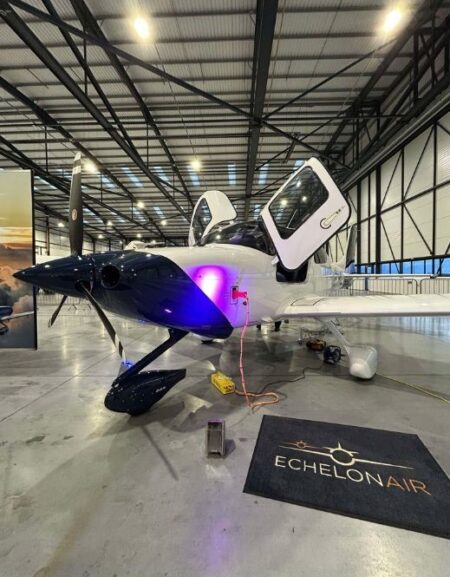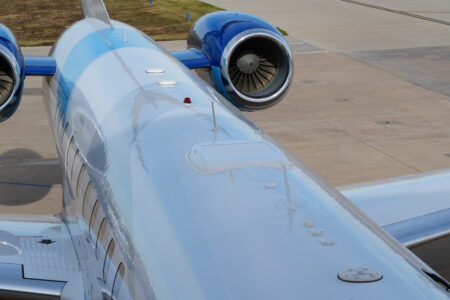The FAA is testing a prototype system for the near real-time processing of airspace authorization requests for commercial drone operators.
The Low Altitude Authorization and Notification Capability (LAANC) system is designed to automatically approve requests from unmanned aircraft (UAS) operators to fly in specific areas of airspace below designated altitudes.
Under the FAA’s small drone rules, formally known as Part 107, UAS operators need to secure approval from the agency to operate in any airspace controlled by an air traffic facility. LAANC is the first application developed by industry in response to this operational need.
The FAA has deployed LAANC at several air traffic facilities to evaluate how well it functions and to address any issues that arise during testing.
Two companies, AirMap and Skyward, have been approved by the FAA to provide LAANC until next spring, after which a beta test will be run. Skyward was bought by telecoms company Verizon in February 2017.
Mariah Scott, Skyward co-president, said, “We know most drone operator’s jobs are in controlled airspace and getting access to fly in these areas is one of their largest business pain points.
“Operators have had to wait 60 to 90 days to receive authorization under the existing system. Now, with Skyward and LAANC, enterprises can get approval to fly in just two clicks. With this hurdle gone, we can expect to see substantial adoption of drone technology at the enterprise level.”
The FAA has said it may sign agreements with additional providers who responded to the original request for information during LAANC’s evaluation phase.
LAANC uses airspace data provided through the UAS facility maps, which shows the maximum altitudes around airports where the FAA may authorize drones to fly without additional safety analysis. LAANC gives drone operators the ability to interact with the maps and provide automatic notification and authorization requests to the FAA.
LAANC is the first UAS tool that delivers drone information to air traffic control and is the first step in developing an Unmanned Aircraft Systems Traffic Management System (UTM).
The deployment of LAANC follows the launch of The Unmanned Aircraft Systems Integration Pilot Program initiative by the US government to help companies test drones.
“This program supports the president’s [US President Trump] commitment to foster technological innovation that will be a catalyst for ideas that have the potential to change our day-to-day lives,” said secretary of transportation Elaine Chao.
“Drones are proving to be especially valuable in emergency situations, including assessing damage from natural disasters such as the recent hurricanes and the wildfires in California.”




